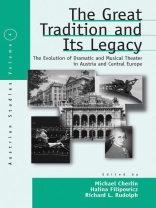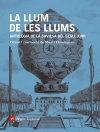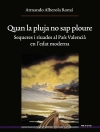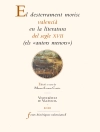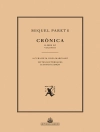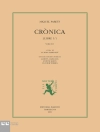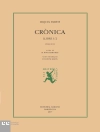Both dramatic and musical theater are part of the tradition that has made Austria – especially Vienna – and the old Habsburg lands synonymous with high culture in Central Europe. Many works, often controversial originally but now considered as classics, are still performed regularly in Vienna, Prague, Budapest, or Krakow. This volume not only offers an excellent overview of the theatrical history of the region, it is also an innovative, cross-disciplinary attempt to analyse the inner workings and dynamics of theater through a discussion of the interplay between society, the audience, and performing artists.
Tabella dei contenuti
List of Illustrations
Preface
Richard L. Rudolph
Notes on Contributors
DRAMATIC THEATER
Introduction: Rethinking Drama and Theater in Austria and Central Europe Halina Filipowicz 3
Part I: The Enlightenment and the “New Beginning”
Chapter 1. “By and By We Shall Have an Enlightened Populace”: Moral Optimism and the Fine Arts in Late-Eighteenth-Century Austria
Ernst Wangermann
Chapter 2. Taming a Transgressive National Hero: Tadeusz Kosciuszko and Nineteenth-Century Polish Drama
Halina Filipowicz
Chapter 3. Nestroy and His Naughty Children: A Plebeian Tradition in the Austrian Theater
Carl Weber
Chapter 4. Pantomime, Dance, Sprachskepsis, and Physical Culture in German and Austrian Modernism
Harold B. Segel
Chapter 5. Populism versus Elitism in Max Reinhardt’s Austrian Productions of the 1920s
Michael Patterson
Part Two: Post-Holocaust and Postmodern Theater
Chapter 6. Elfriede Jelinek’s Nora Project; or, What Happens When Nora Meets the Capitalists
Christine Kiebuzinska
Chapter 7. George Tabori’s Return to the Danube, 1987–1999
Hans-Peter Bayerdörfer
Chapter 8. Thomas Bernhard’s Heldenplatz: Artists and Societies beyond the Scandal
Alfred Pfabigan
Chapter 9. Pulling the Pants Off History: Politics and Postmodernism in Thomas Bernhard’s Eve of Retirement
Jeanette R. Malkin
MUSICAL THEATER
Introduction: Conflict and Crosscurrents in Viennese Music
Michael Cherlin
Part III: The Emergence of the Classical Style
Chapter 10. Vienna as a Center of Ballet Reform in the Late Eighteenth Century
Sibylle Dahms
Chapter 11. The Viennese Singspiel, Haydn, and Mozart
Eva Badura-Skoda
Chapter 12. Displaying (Out)Rage: The Dilemma of Constancy in Mozart’s Operas
Gretchen A. Wheelock
Part IV: Some Major Transformations of the Nineteenth and Twentieth Centuries
Chapter 13. Karl Goldmark’s Operas during the Directorship of Gustav Mahler
Peter Revers
Chapter 14. A Break in the Scenic Traditions of the Vienna Court Opera: Alfred Roller and the Vienna Secession
Evan Baker
Chapter 15. Schoenberg’s Music for the Theater
Michael Cherlin
References
Index
Circa l’autore
Richard L. Rudolph is Professor Emeritus, University of Minnesota.
